Industrial strip lights are revolutionizing the way we illuminate large spaces. These versatile lighting solutions offer a perfect blend of efficiency and performance for various industrial settings.
At PacLights, we’ve seen firsthand how upgrading to LED strip lights can significantly reduce energy consumption and operational costs. In this post, we’ll explore the benefits of industrial strip lights and why they’re becoming the go-to choice for modern facilities.
What Are Industrial Strip Lights?
Definition and Basic Components
Industrial strip lights are powerful, elongated lighting fixtures designed to illuminate large spaces efficiently. These fixtures typically consist of a long, narrow housing that contains LED chips, a driver, and a lens or diffuser. The housing (usually made of durable materials like aluminum or steel) withstands harsh industrial environments.
Types of Industrial Strip Lights
The market offers several types of industrial strip lights:
- Surface-mounted strips: These attach directly to ceilings or walls, making them ideal for areas with limited overhead space.
- Suspended strips: Hung from the ceiling using cables or chains, these provide more flexibility in light positioning.
- Vapor-tight strips: Designed for use in damp or dusty environments, these fixtures seal to protect against moisture and particulates.
- High-output strips: These deliver higher lumen output for areas requiring intense illumination (such as manufacturing floors or warehouses with high ceilings).
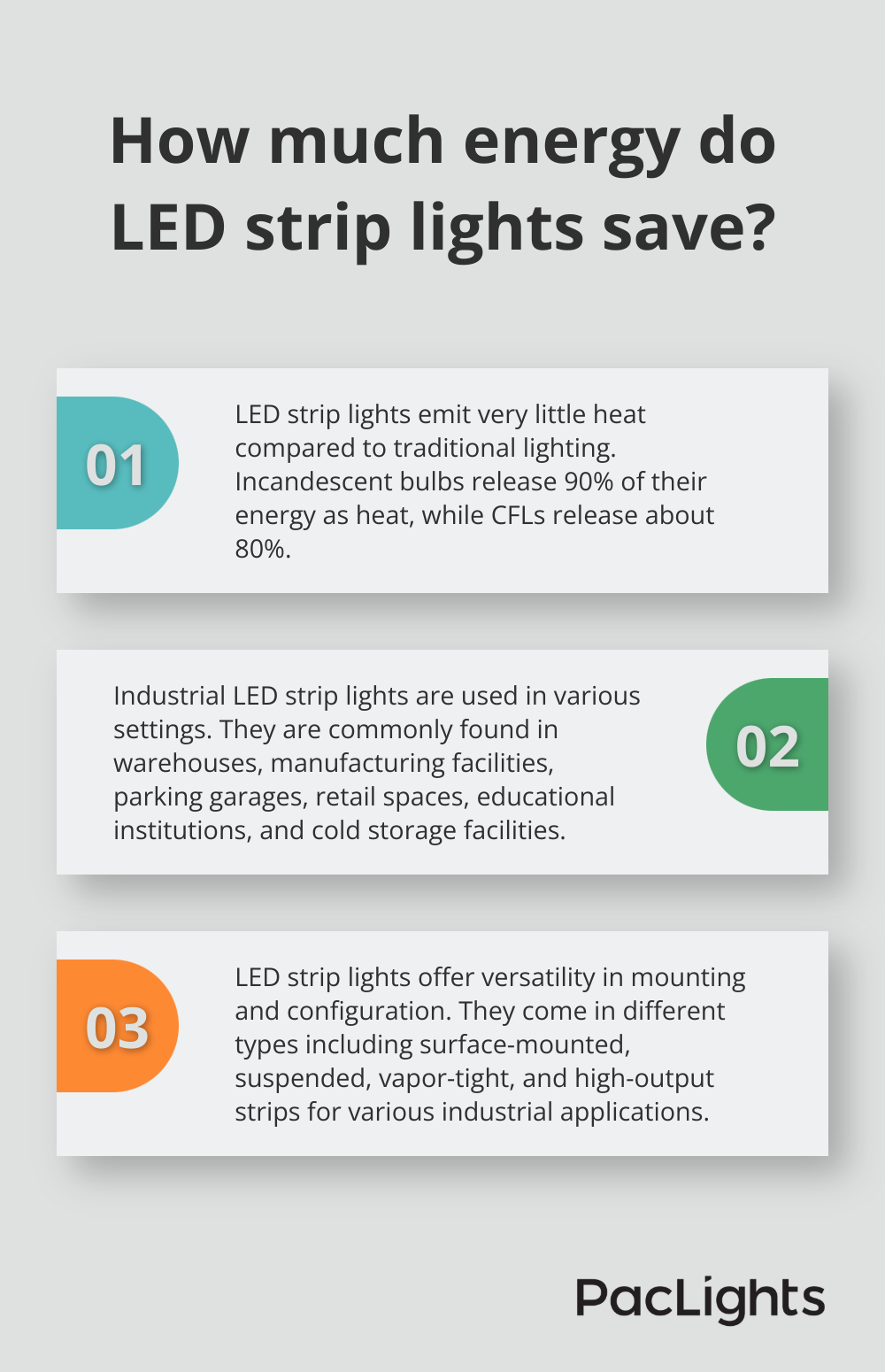
A report by the U.S. Department of Energy states that LED lighting emits very little heat compared to traditional lighting solutions. In comparison, incandescent bulbs release 90% of their energy as heat and CFLs release about 80% of their energy as heat. This significant energy-saving potential drives the adoption of LED strip lights across various industries.
Applications in Industrial Settings
Industrial strip lights find applications in a wide range of settings due to their versatility and efficiency. Some common applications include:
- Warehouses and Distribution Centers: Strip lights provide uniform illumination for large storage areas, improve visibility for inventory management, and reduce the risk of accidents.
- Manufacturing Facilities: These lights are essential in production areas where precise visibility is required for quality control and worker safety.
- Parking Garages: Strip lights offer excellent coverage for these large, often dimly lit spaces, enhance security, and improve driver visibility.
- Retail Spaces: Many big-box stores and supermarkets use strip lights to create a bright, welcoming environment for shoppers.
- Educational Institutions: Classrooms, gymnasiums, and hallways benefit from the even light distribution of strip lights.
- Cold Storage Facilities: Specially designed LED strip lights operate efficiently in low-temperature environments, making them ideal for refrigerated warehouses and food processing plants.
The versatility of industrial strip lights is evident in their ability to adapt to various mounting heights and configurations.
As we move forward, it’s important to understand how these industrial strip lights compare to traditional lighting solutions in terms of energy efficiency and cost-effectiveness. Let’s explore the energy-saving potential of industrial strip lights in the next section.
How Efficient Are Industrial Strip Lights?
Energy Consumption Comparison
Industrial strip lights have transformed energy efficiency in commercial and industrial lighting. The transition from traditional lighting solutions to LED-based strip lights has resulted in significant improvements in power consumption, cost savings, and environmental impact.
LED lights use up to 75% less energy than traditional lighting options. This difference becomes even more pronounced in industrial settings where lights often operate for extended periods.
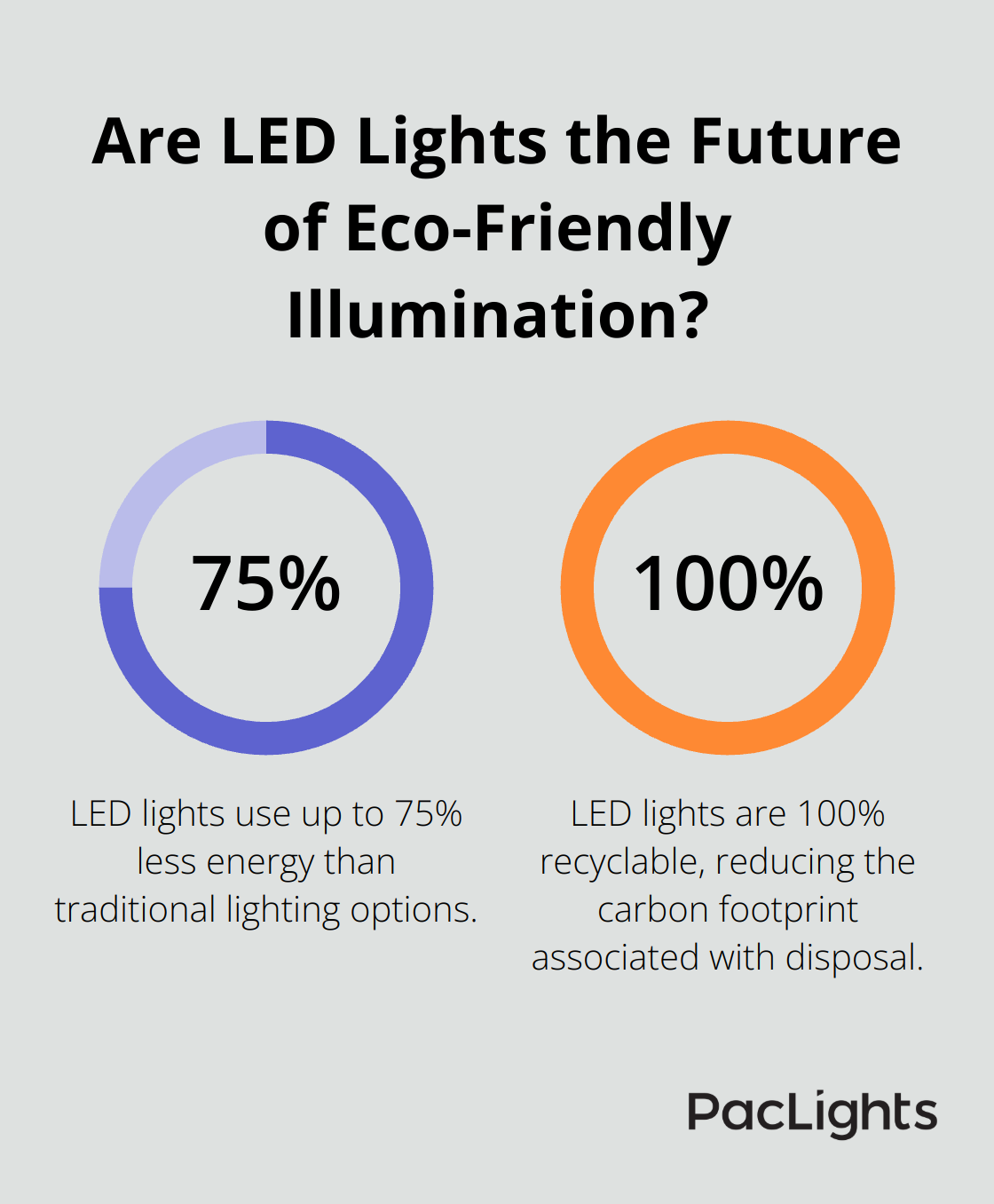
A typical 100-watt incandescent bulb can be replaced by a 15-watt LED strip light, providing the same level of illumination. In a large warehouse operating 24/7, this translates to a reduction of 744 kWh per fixture annually. When multiplied by hundreds of fixtures, the energy savings become substantial.
Cost Savings Over Time
The initial investment in LED strip lights may be higher than traditional lighting options, but the long-term savings are significant. The U.S. Environmental Protection Agency estimates that businesses can save 30-50% on lighting expenses by switching to LED technology.
Consider a practical example: A medium-sized manufacturing facility with 500 fixtures (each consuming 100 watts), running 12 hours a day, 365 days a year, would consume 219,000 kWh annually. Replacing these with 15-watt LED strip lights would reduce consumption to 32,850 kWh. At an average industrial electricity rate of $0.07 per kWh, this represents an annual saving of $13,030.50.
Environmental Impact
The environmental benefits of industrial strip lights extend beyond energy savings. LED lights contain no toxic materials and are 100% recyclable, reducing the carbon footprint associated with disposal. Their longer lifespan also means fewer replacements and less waste.
A study by the U.S. Department of Energy projected that widespread use of LED lighting by 2027 could save about 348 TWh of electricity. This is equivalent to the annual electrical output of 44 large electric power plants (1000 megawatts each), representing a total savings of more than $30 billion at today’s electricity prices.
Advanced Features for Enhanced Efficiency
Modern industrial strip lights often come with additional features that further enhance their efficiency:
- Dimming capabilities: This allows for adjustable light levels based on specific needs or ambient light conditions.
- Motion sensors: These ensure lights are only on when needed, reducing unnecessary energy consumption.
- Daylight harvesting: This technology adjusts light output based on available natural light, optimizing energy use throughout the day.
- Smart controls: Advanced lighting control systems can integrate with building management systems for optimal energy efficiency.
The efficiency of industrial strip lights is undeniable. They consume less energy, save money, and reduce environmental impact. As we explore the specific features and benefits of industrial strip lights in the next section, you’ll see how these efficient lighting solutions can transform various industrial settings.
Key Features and Benefits of Industrial Strip Lights
Superior Illumination
Vapor tight light fixtures are designed to save energy while tackling demanding applications with superior light distribution. This powerful output ensures large industrial spaces receive ample illumination, which enhances worker productivity and safety.
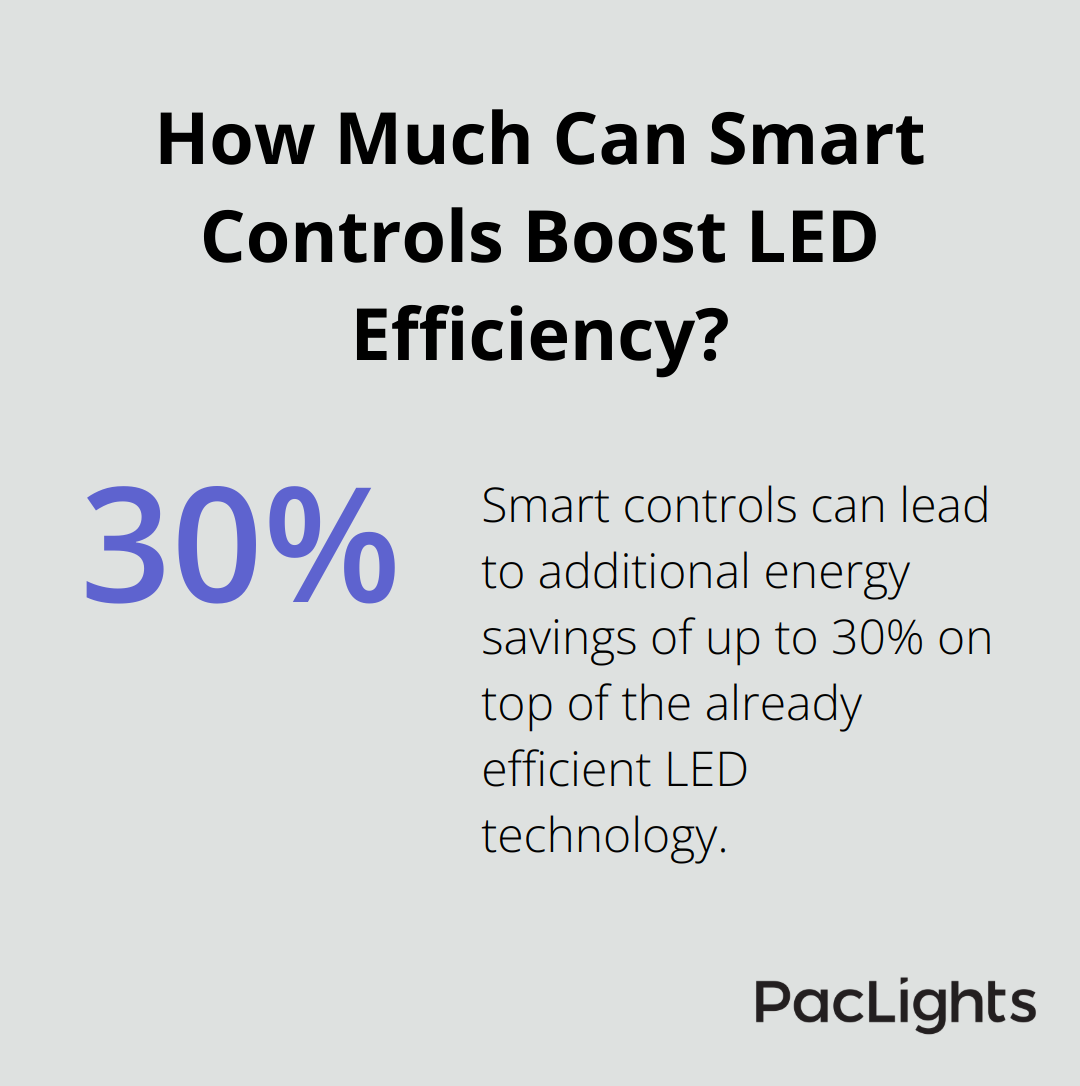
The uniform light distribution of these fixtures eliminates dark spots and shadows. This creates a consistent lighting environment across entire spaces, which proves particularly valuable in manufacturing areas where precise visibility is essential for quality control.
Durability and Longevity
Industrial environments often present harsh conditions, but modern strip lights rise to the challenge. Constructed with robust aluminum housing and high-quality LED chips, these fixtures boast an impressive lifespan of up to 100,000 hours. This translates to over 11 years of continuous operation, which significantly reduces maintenance and replacement costs.
Many industrial strip lights are rated IP65, which means they resist dust ingress and low-pressure water jets. This makes them suitable for a wide range of industrial settings, including those with high humidity or dust levels.
Customizable Options
Every industrial space has unique requirements. To address this, manufacturers offer a range of customizable options. Strip lights come in various lengths (from 2 feet to 8 feet), which allows for flexible installation in different spaces.
Color temperature options typically range from 3000K to 5000K, which enables users to create the ideal lighting atmosphere for specific applications. This versatility accommodates warm light for comfortable work environments or cool light for task-oriented areas.
Energy Management Features
To maximize energy savings, many industrial strip lights can integrate advanced control features. Daylight harvesting sensors automatically adjust light output based on available natural light, while motion sensors ensure lights activate only when needed.
These smart controls can lead to additional energy savings of up to 30% on top of the already efficient LED technology. In a large industrial facility, this can translate to thousands of dollars in annual energy cost savings.
Easy Installation and Maintenance
Industrial strip lights often feature user-friendly designs that simplify installation and maintenance processes. Many models come with tool-less access panels and plug-and-play connectors, which reduce installation time and costs. Their lightweight construction (compared to traditional lighting fixtures) also makes them easier to handle during installation or replacement.
Regular maintenance typically involves simple cleaning to maintain optimal light output. The long lifespan of LED technology in these fixtures means fewer replacements over time, which further reduces long-term maintenance requirements.
Industrial strip lights revolutionize modern industrial facilities with unparalleled energy efficiency and superior illumination. These fixtures consume up to 75% less energy than traditional options, significantly reducing operational expenses and carbon footprints. Their durability and longevity (with lifespans reaching 100,000 hours) minimize maintenance requirements and replacement costs.
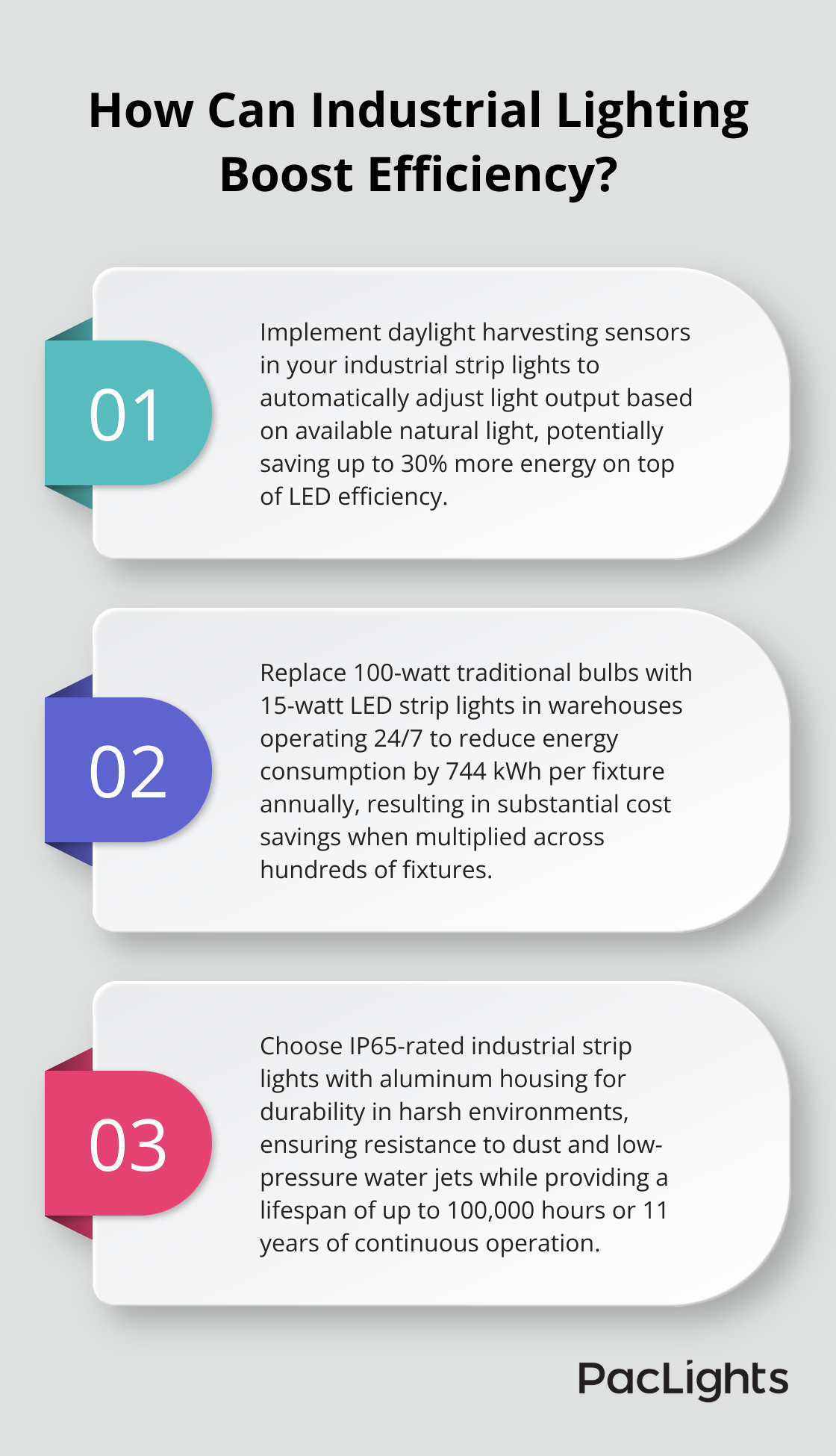
At PacLights, we provide energy-efficient lighting solutions that transform industrial spaces. Our range of industrial strip lights combines cutting-edge LED technology with robust design, ensuring optimal performance in demanding environments. We offer free lighting layout designs and ROI assessments to help you make informed choices for your facility.
The adoption of efficient lighting solutions like industrial strip lights is essential as energy costs rise and sustainability becomes increasingly important. PacLights helps you illuminate your space while investing in a brighter, more efficient, and sustainable future for your facility. The time to upgrade is now, and the benefits are clear.


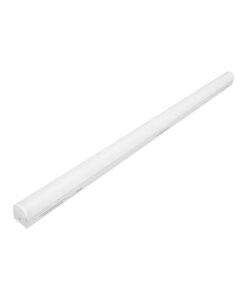
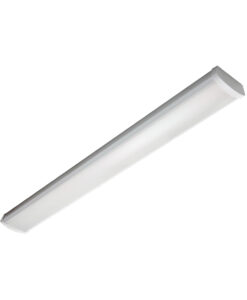
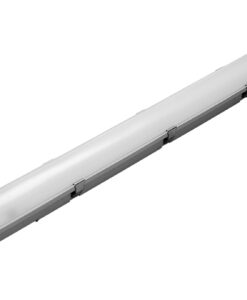
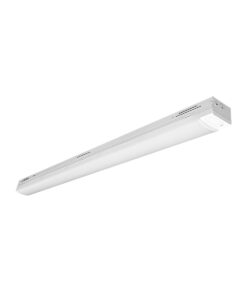
Disclaimer: PacLights is not responsible for any actions taken based on the suggestions and information provided in this article, and readers should consult local building and electrical codes for proper guidance.